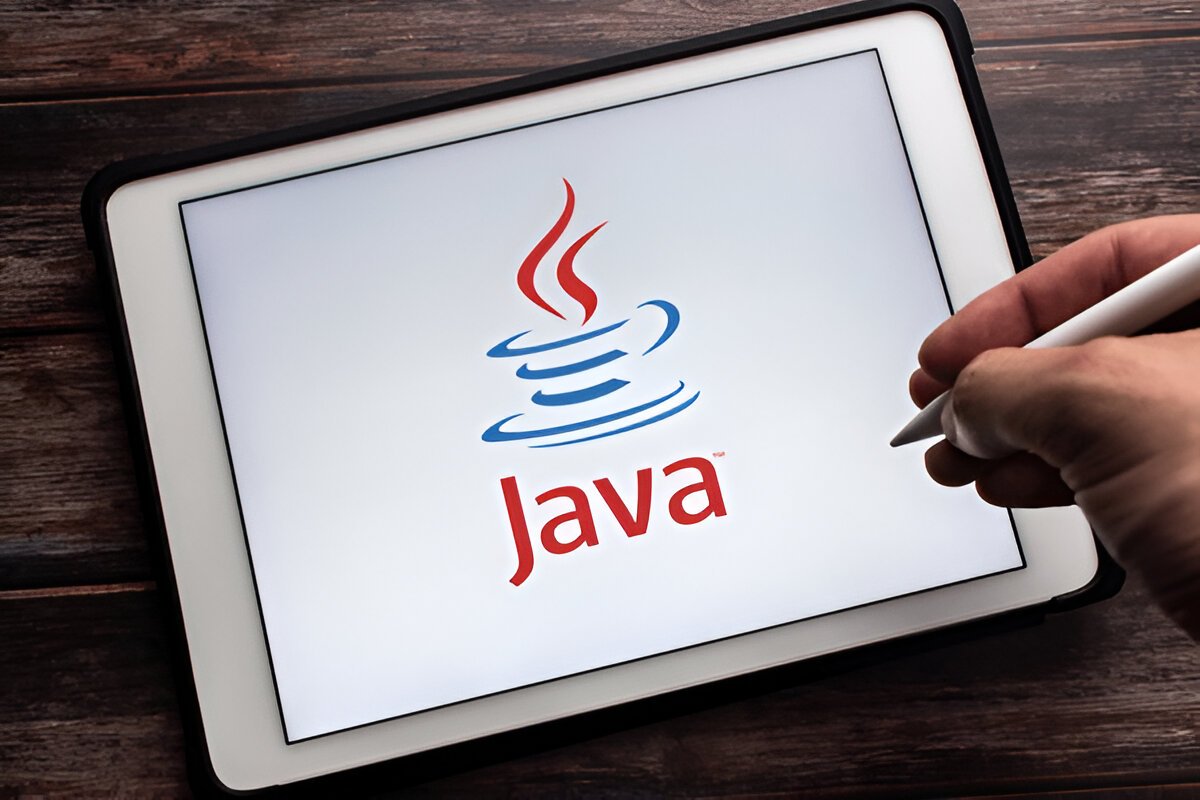Java remains one of the most reliable and widely-used programming languages in web development. From enterprise software to small business applications, Java frameworks allow developers to build robust and scalable solutions. But with so many options available, how do you choose the right one?

Now we will cover five of the best Java web development frameworks, explaining their key features, benefits, and suitable use cases. We will also compare them based on performance, ease of use, community support, and scalability. Whether you’re a developer or a business owner, this guide will help you understand which framework best fits your needs.
1. Spring Framework
Spring is one of the most powerful and flexible Java frameworks. It is open-source and widely used for building complex and secure enterprise applications. The core feature of Spring is dependency injection, which makes it easier to manage code.
Key Features:
- Supports RESTful API development
- Offers Spring Boot for microservices
- Integrates easily with databases and messaging platforms
- Built-in security and transaction management
Advantages:
- Large and active community
- Modular and scalable architecture
- Strong documentation and resources
Use Case:
Ideal for enterprise applications, microservices, and applications that require layered architecture.
Developer Note: Spring Boot simplifies configuration and reduces boilerplate code.
2. Apache Struts 2
Struts 2 is a popular framework for building Java EE web applications. It uses a Model-View-Controller (MVC) architecture and supports flexible configuration through XML or annotations.
Key Features:
- Easy integration with other technologies
- Reusable UI components
- Built-in support for AJAX
- Customizable tag libraries
Advantages:
- Suitable for large-scale applications
- Offers clear separation of concerns
- Good for legacy Java EE migration
Use Case:
Perfect for developers working on enterprise-grade apps with a traditional architecture.
Developer Note: Ensure proper configuration to avoid performance bottlenecks.
3. JavaServer Faces (JSF)
JSF is an official Java framework backed by Oracle. It is component-based and designed for building user interfaces in Java web applications. JSF integrates seamlessly with Java EE.
Key Features:
- Drag-and-drop UI components
- Reusable templates and themes
- Server-side event handling
- Backed by Java EE lifecycle
Advantages:
- Standardized approach
- Excellent for enterprise projects
- Rich libraries and components
Use Case:
Best for applications requiring a component-based UI and tight integration with Java EE.
Developer Note: Beginners may find JSF’s learning curve steep.
4. Wicket
Wicket is a lightweight Java framework that encourages writing UI code in Java rather than HTML or XML. It supports a POJO (Plain Old Java Object) model which separates markup from business logic.
Key Features:
- Pure Java coding for front-end
- No need for XML configurations
- Built-in support for dependency injection
- Clear separation between HTML and Java
Advantages:
- Minimal configuration
- Highly maintainable code
- Clean and reusable components
Use Case:
Useful for developers who prefer Java code for UI logic and want high maintainability.
Developer Note: Wicket suits teams that emphasize code clarity and reduced markup.
5. Google Web Toolkit (GWT)
GWT allows developers to write front-end code in Java and compile it into optimized JavaScript. This makes it easier to manage large-scale front-end codebases while using Java’s strong typing system.
Key Features:
- Compile Java into JavaScript
- Cross-browser compatibility
- Integrated debugging tools
- Built-in widget libraries
Advantages:
- Excellent for large and complex front-ends
- Reuses Java knowledge for client-side code
- Reduces JavaScript-related bugs
Use Case:
Ideal for projects like dashboards, admin panels, and apps with dynamic UIs.
Developer Note: GWT is powerful but may feel heavyweight for small projects.
Comparison Table of Frameworks
| Framework | Best Use | Community Support | Performance | Scalability | Ease of Use |
|---|---|---|---|---|---|
| Spring | Enterprise/Microservices | High | Excellent | High | Moderate |
| Struts 2 | Large Enterprise Apps | Moderate | High | High | Moderate |
| JSF | UI-Centric Enterprise | Moderate | Moderate | Moderate | Moderate |
| Wicket | Code-Maintainable UIs | Low | Moderate | Moderate | High |
| GWT | Dynamic UIs with Java | Moderate | High | Moderate | Moderate |
Additional Modern Alternatives to Consider
Although the five frameworks listed above are highly popular, a few newer or niche frameworks may also fit specific needs:
Micronaut
- Designed for cloud-native apps
- Very fast startup time
- Supports Java, Kotlin, and Groovy
Quarkus
- Optimized for GraalVM and Kubernetes
- Developer-friendly with hot reload
- Good for serverless architecture
Play Framework
- Reactive programming model
- Focused on scalability and performance
- Built on Akka and supports Java/Scala
Tips for Choosing the Right Java Framework
- Project Size & Type – Enterprise apps benefit from Spring; front-end-heavy apps may prefer GWT.
- Team Expertise – Choose a framework that aligns with your team’s experience.
- Community & Documentation – Pick frameworks with active support and good documentation.
- Ease of Maintenance – Some frameworks (like Wicket) promote clean and maintainable code.
- Performance Needs – For high-load apps, prioritize frameworks with strong performance benchmarks.
Final Thoughts
Java continues to evolve with the growing needs of modern web development. Frameworks like Spring and Struts have stood the test of time, while others like GWT and Wicket cater to more specific scenarios. Your choice should depend on your project’s requirements, development team strength, and future scalability plans.
Choosing the right framework is not just about trend-following—it’s about making a strategic decision that supports performance, security, and long-term maintainability.
If you’re planning a Java web development project and want expert guidance or implementation, RedSpider Web & Art Design is here to help.
Contact us to turn your vision into a powerful Java-powered solution.


